If your meat-eating family has ever been on a budget, doubtless you’ve asked yourself, “How much does a cow cost?” All joking aside, you might be onto something. Does it actually save money to buy a half or a quarter of a cow and stow the cow cuts away in an extra freezer, using them periodically throughout the year?
Since my family does live on a budget, I set out to find how I can save the most when buying meat and whether or not that cow is worth the cost in the long run.
Before I get to what I’ve learned, download the KCL app for meat deals and other money-saving tips and coupons.
1. When it comes to beef price per pound, you must calculate prices based on hanging weight.
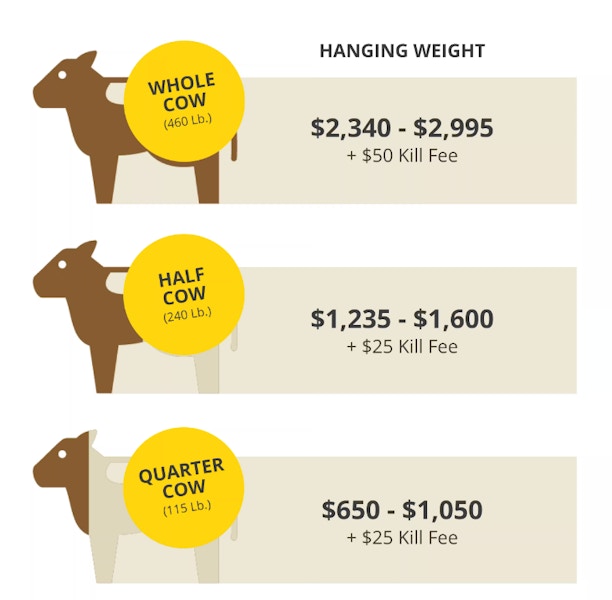
When you buy a half cow, you’ll get a side of the cow split right down the midline, not a front or back end. A quarter cow is more of a crapshoot, and in most cases, you’ll get less choice when you go that route. So a quarter-cow purchase is not for you if you want guaranteed cuts of meat.
So what’s “hanging weight,” and how does that differ from the average weight of a cow? Also, why does it matter when we talk about buying a cow?
When you’re shopping for a cow, the price per pound you see on a farm’s website is based on the hanging weight, which refers to the unfinished cuts of meat on a cow. That means that all the stuff on the cow you don’t eat, like entrails, hooves, etc., is still factored into the price.
So let’s talk about calculating prices based on hanging weight and fees. Your local farm will set these prices; they’ll vary based on a lot of factors, so these are approximations:
Half- or full-cow prices: $5 – $10 per pound
Processing fee: $0.50 per pound
Kill fee: $50
How to calculate the hanging weight beef price per pound for a full 460-pound cow:
$5 price per pound + $0.50 per pound processing fee = $5.50 per pound
$5.50 per pound x 460 pounds = $2,530 hanging weight price
Add a $50 kill fee
Total fee: $2,580
Divide the total fee by 460 pounds
Final Price: $5.60 per pound hanging weight
2. Expect to pay an average price of $8.01 for finished cuts of beef.
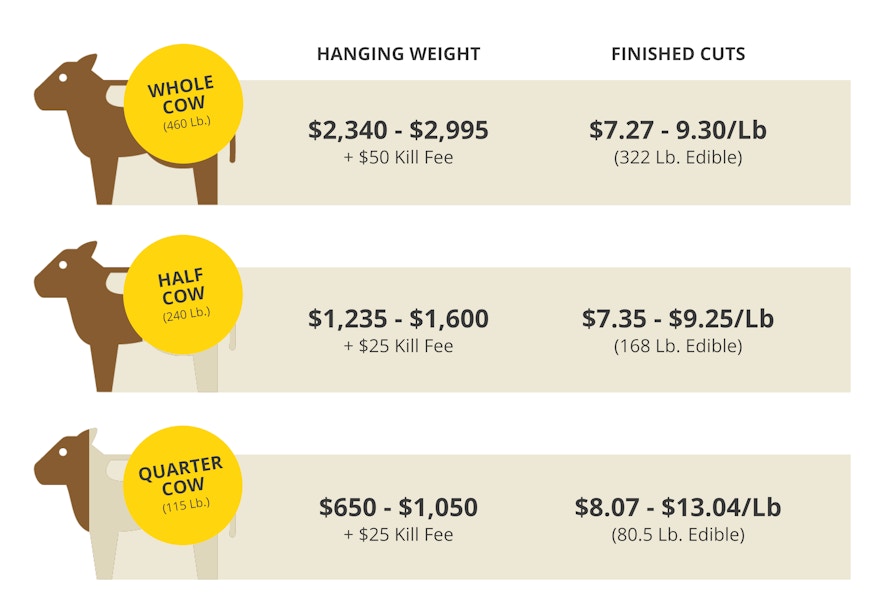
“Finished cuts” are the actual processed and packaged beef that you eat. With this number, you can compare prices with what you’d buy at the grocery store.
I’ve found that you’ll get an average of 60 – 80% of the hanging weight in your finished cuts. This means you’ll lose 20 – 40% of the cow (and nobody is crying too hard about this; it’s the head and entrails).
More math (stay with me): Using 30% as an average loss amount, here’s how to calculate your hanging weight full beef price per pound against your new lower quantity of meat.
Calculating the finished cut weight:
460 pounds hanging weight x .30 loss = 322 pounds finished cut weight
Divide $2,530 hanging weight total fee from above by 322 pounds: $8.01 per pound finished cut weight
The price per pound for finished cuts of a full cow is $8.01, and that’s the number you’ll compare with grocery store prices. Speaking of which …
3. Only compare your cow price with organic, grass-fed grocery store beef (or dry-aged!).
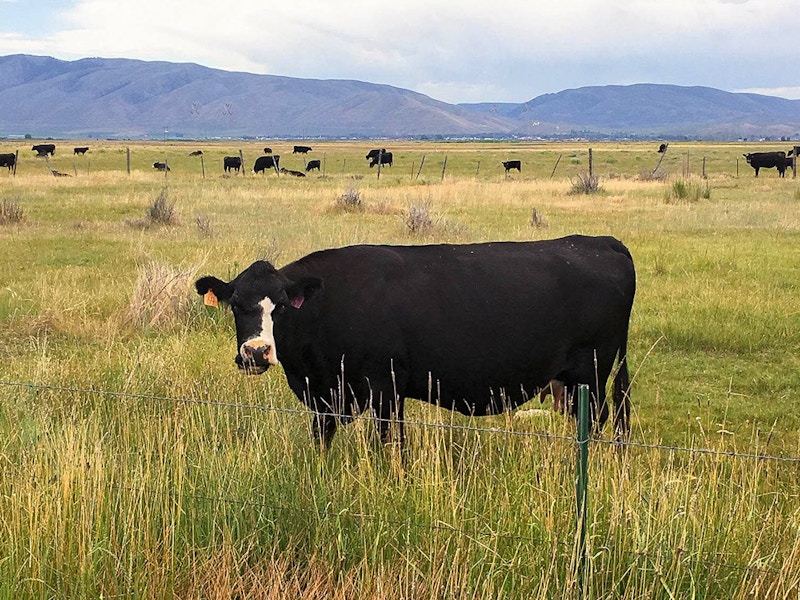
When you buy a cow, you’ll get grass-fed, organic, and local meat. So you have to create an apples-to-apples comparison. (Yes, you can also buy a grain-fed cow; yep, it’s cheaper. But since most local ranches sell grass-fed cows, we’ll only look at that.)
Purchasing grass-fed or organic beef at the grocery store is expensive, which is why you’re here reading about how to buy a half cow or more. Now let’s look at half-cow finished cut prices compared to grocery store prices on organic, grass-fed beef.
Ground beef:
Half-cow finished cut: $8.17 – $15.31 per pound
Kroger: $7.99 – $10.49 per pound
Brisket:
Half-cow finished cut: $8.17 – $15.31 per pound
H-E-B: $13.47 per pound
Ribeye steak:
Half-cow finished cut: $8.17 – $15.31 per pound
Sprouts Market: $21.99 per pound
Strip steak:
Half-cow finished cut: $8.17 – $15.31 per pound
Kroger: $22.40 – $32 per pound
Filet Mignon:
Half-cow finished cut: $8.17 – $15.31 per pound
Walmart: $20.82 per pound (for grain-fed)
4. Pay about $8.20 per pound for expensive cuts of meat like filet mignon (that’s $14 per pound in savings!).
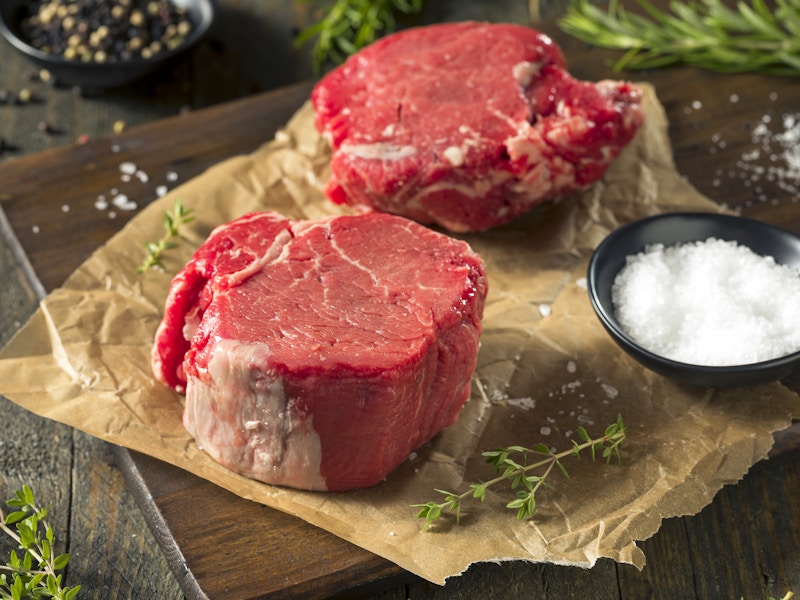
While ground beef prices are in the same ballpark as grocery store prices, cuts like steaks and roasts offer big savings when you buy a cow.
Why? Because ranchers offer a lump sum price on the hanging weight of the cow or half cow.
When you break it down by price per pound, you don’t differentiate between different cuts of meat. Meaning you’re getting around $8.20 per pound for ground beef, which is around the same price as at the grocery store, but you’re also getting $8.20 per pound for strip steak. That is about $14 less than the grocery store price!
So if you’re a steak or roast eater, buying a cow is absolutely worth the savings.
5. Buying a whole cow or half a cow (not a quarter cow) will get you the best deal.
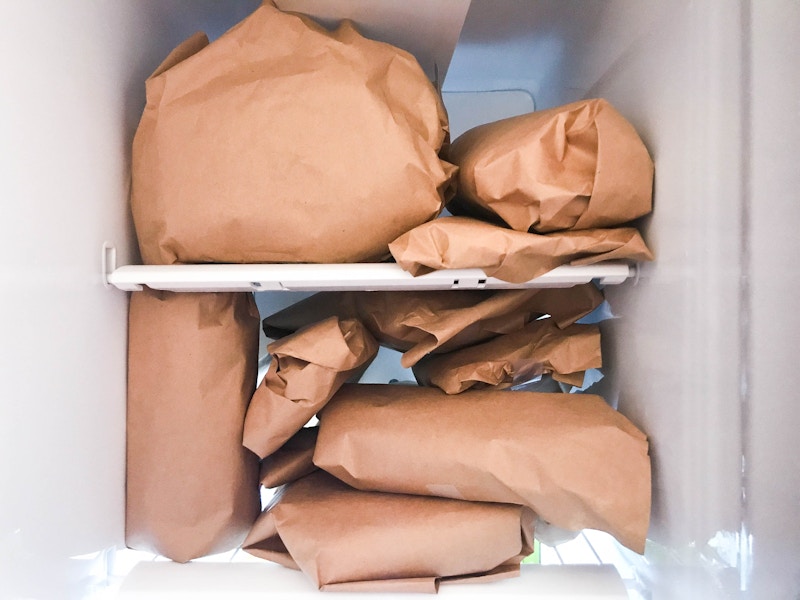
A whole or a half cow is comparable in price when you break down the hanging weight and finished cuts price per pound.
But a quarter cow is more expensive than both, running between $8.48 – $15.62 per pound. That’s $0.47 – $0.79 more per pound when you go with a quarter cow.
If you can’t afford a whole or half cow (or you don’t think you’ll eat that much meat), the price is still better than grocery store prices overall. But if you’re looking for the absolute most bang for your buck, avoid the quarter cow.
Related: Buying a cow isn’t the only way to save on meat. Check out our list of bizarre and extreme ways to get meat for cheap.
6. Where you live in the U.S. determines how much your cow costs.
When it comes to buying a cow, where you live affects the price you’ll pay for a cow, and “local” isn’t automatically the cheapest.
According to the USDA National Monthly Grass Fed Beef Report, if you live in the Central U.S., you’ll pay the most. Why? The cost reflects the effort it takes to produce grass-fed beef. In the midwest, flat areas of land are prioritized for crops like corn. Compare this with the topography of the western U.S., which is more mountainous, restricting what sorts of crops can grow. In the west, ranchers can graze cows on hills or land that otherwise isn’t useful, agriculturally speaking.
Additionally, a cow you buy in the Central regions of the U.S., even if it is grass-fed, will probably be finished on grain to make it more economical (cheaper for ranchers). This isn’t necessarily bad, but you should know what you’re getting.
The good news is you might have options. Consider buying your cow from a less expensive region if you live in the Central U.S. Of course, you’ll need to calculate the cost of driving to pick it up, but in some cases, you may save money. It’s worth calling around outside your locale to see what prices are like!
7. You won’t get a guarantee on the lean fat percentage of your ground beef.
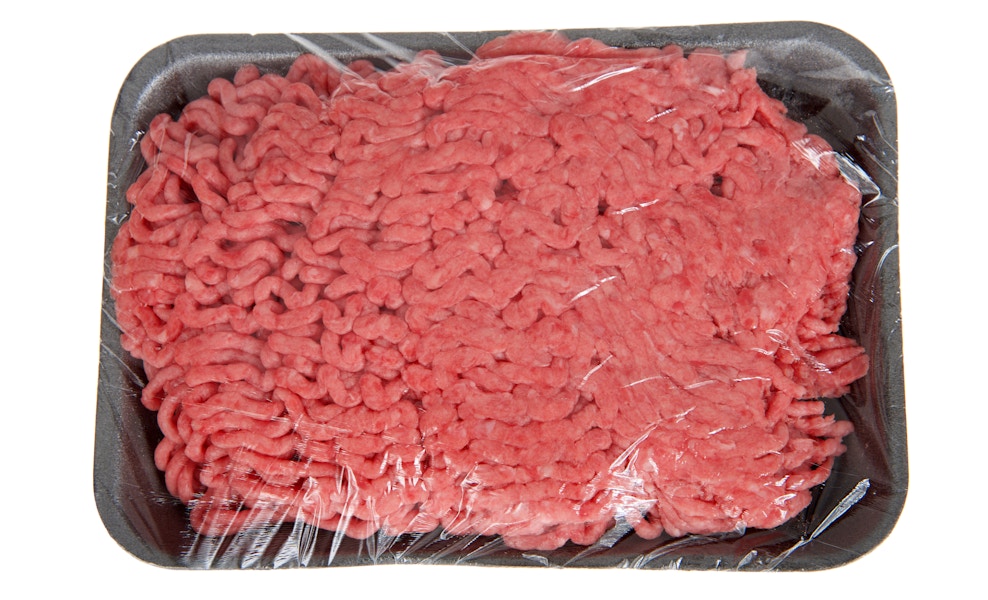
Most farms will not offer you a choice of lean fat percentage in your ground beef because a promise like that requires a verification process that many smaller outfits simply aren’t interested in.
Your ground beef will hover around the 70/30 – 80/20 mark. If you want your beef closer to the 70/30 ratio, ask the butcher not to trim the fat off the cuts of meat as much as they would otherwise. If you want leaner ground beef, ask for a closer trim. Realize, though, that you might pay slightly more for the time it’ll take them to trim more carefully.
Another option might be to simply request the butcher not throw the fat back into the ground beef when they go to grind it. Talk to your butcher to see what your options are.
8. Store your side of beef in the freezer for up to one year.
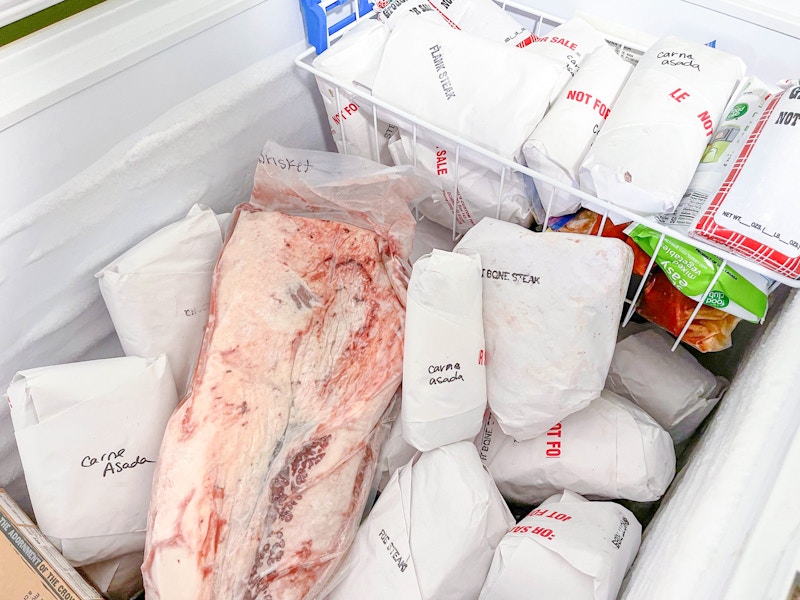
Make sure you’re up for eating all this low-priced, grass-fed, humanely raised beef before it goes bad.
You’ll have one year to consume it if it’s vacuum-sealed and put in a chest freezer. Figure out how much meat you’ll have to eat in a week based on your family’s size to decide how much you’ll need.
If a half cow averages 230 pounds of hanging meat, that’s 144 – 185 pounds of finished cuts of meat. This means a family of four would need to eat about three to four pounds of beef every week in order to get through all the meat in one year.
9. Be willing to eat all cuts of meat on a cow in order to make buying a cow worth your while.
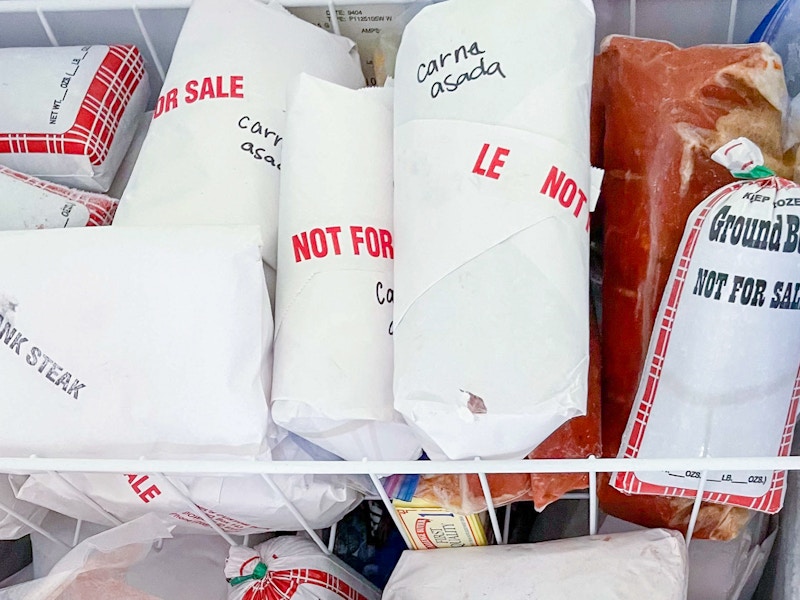
If you’re buying a whole cow, you’re buying the whole cow quite literally. Different parts of the cow yield different kinds of meat.
So if you know you’ll only barbecue T-bone steaks or only use ground beef, buying a side of beef isn’t for you. A half-cow purchase typically includes:
Tenderloin Steaks (Filet Mignon)
Ribeye Steaks
NY Strip Steaks
Sirloin Steaks
London Broil Steaks
Flank, Skirt & Hanger Steaks
Short Ribs
Shoulder / Rump Roasts
Chuck Roasts
Briskets
Shanks (soup bones)
Liver
Stew Meat
Ground Beef
Top & Bottom Round Roasts
10. Don’t have the freezer space for a whole or half cow? Get select cuts of beef directly from a farm.
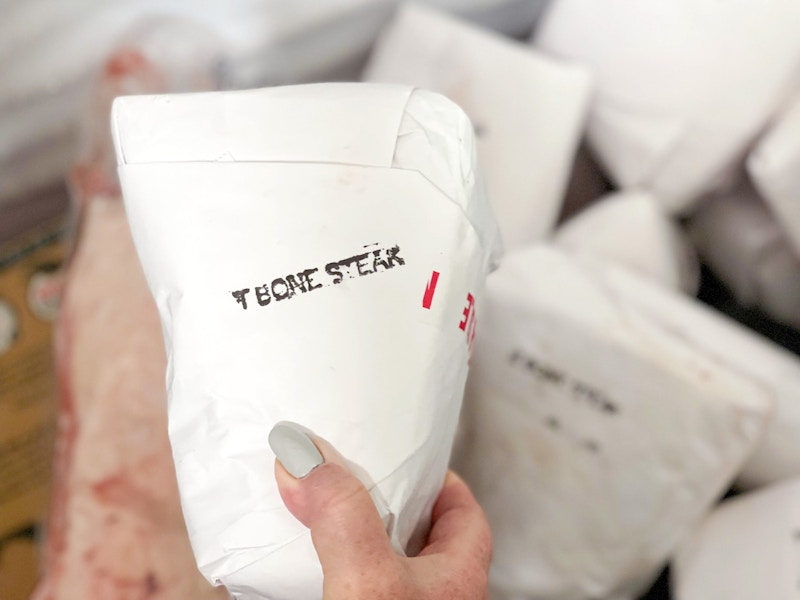
You don’t have to buy the whole cow in order to get meat directly from the farm. But when it comes to steaks and roasts, you’ll pay more to buy it a la carte.
When you buy specific cuts of meat from a farm, you’ll pay more like you would at the grocery store. Steaks and roasts will be more expensive than ground beef. If you’re only interested in ground beef, this can be a great option. But if you want steaks and roasts, it’ll get spendy.
11. How do I find out how to buy a cow near me?
Look into resources and websites that will help you get in touch with a local farm.
You can reach out to your local farmers’ market for information or check out these websites to find a farm near you:
12. Ask your rancher if they accept EBT.
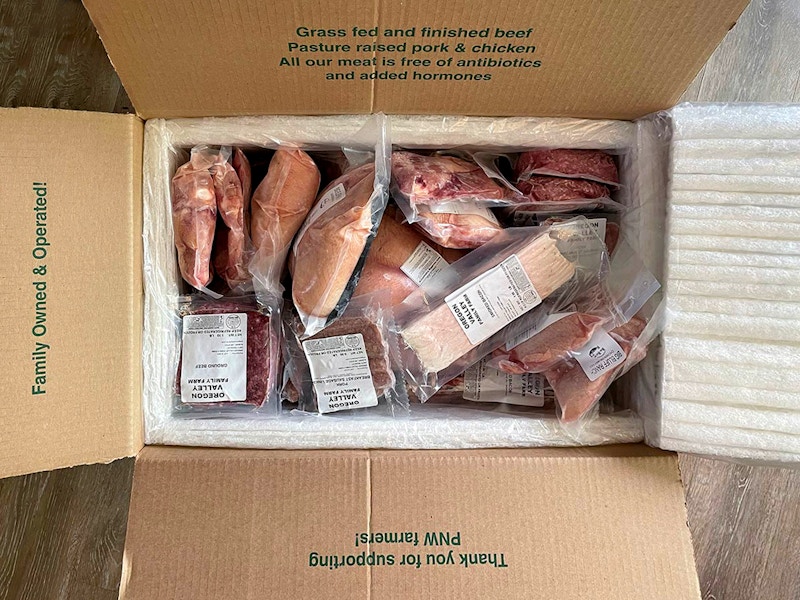
Oregon Valley Farms located in my area takes EBT. Unfortunately, they don’t ship nationwide, but it’s an example of a rancher willing to take this form of payment.
Never hurts to ask!
That’s all I’ve got. What are your best tips for buying a cow? Do you go in with friends for the whole animal, or do you buy a half cow? Tell me in the comments.












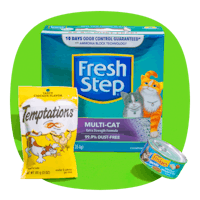

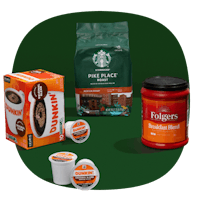
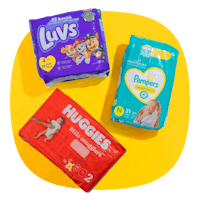
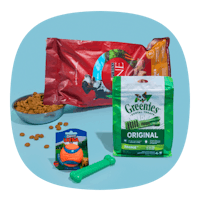



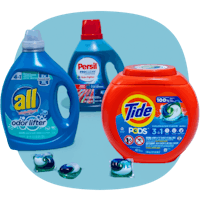










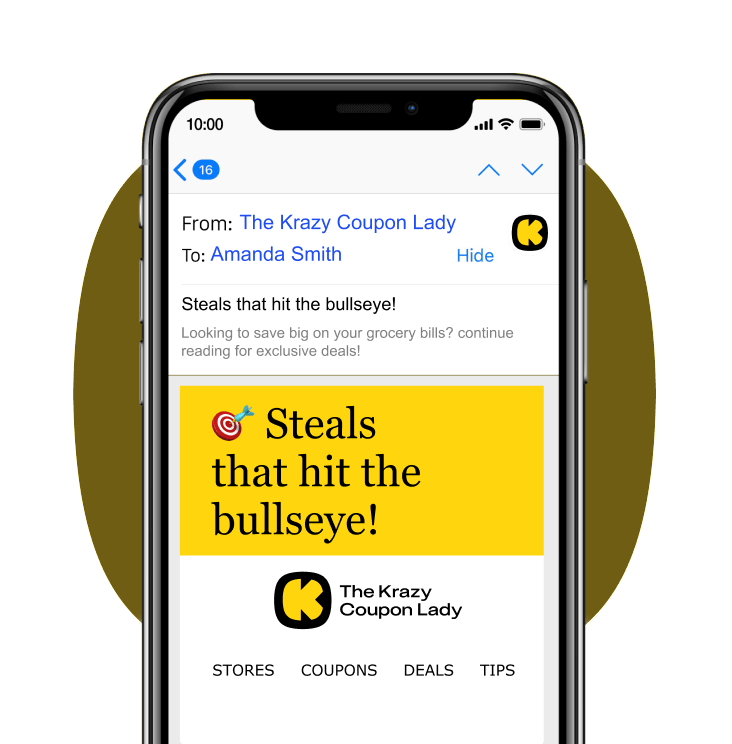
Tell us what you think